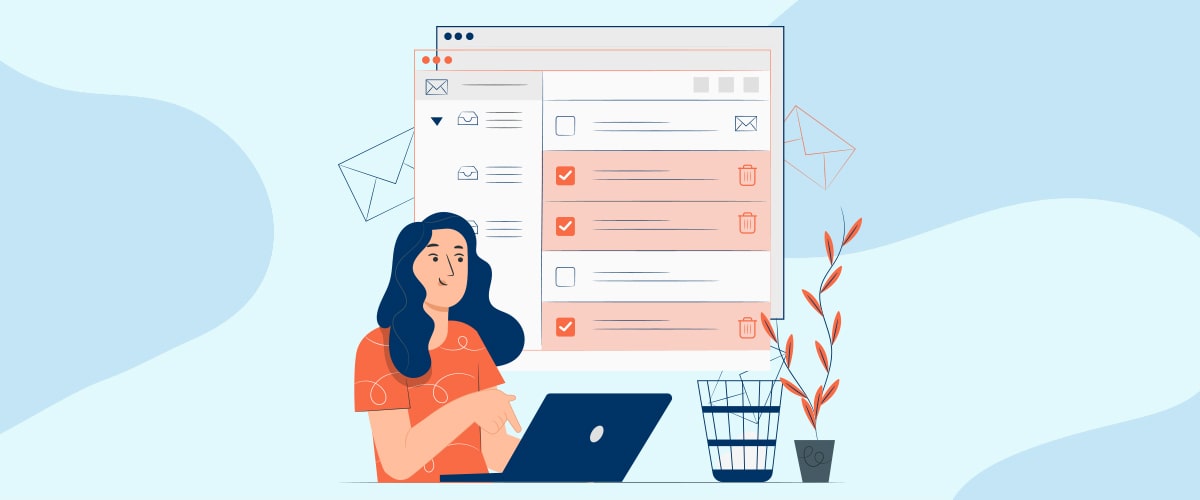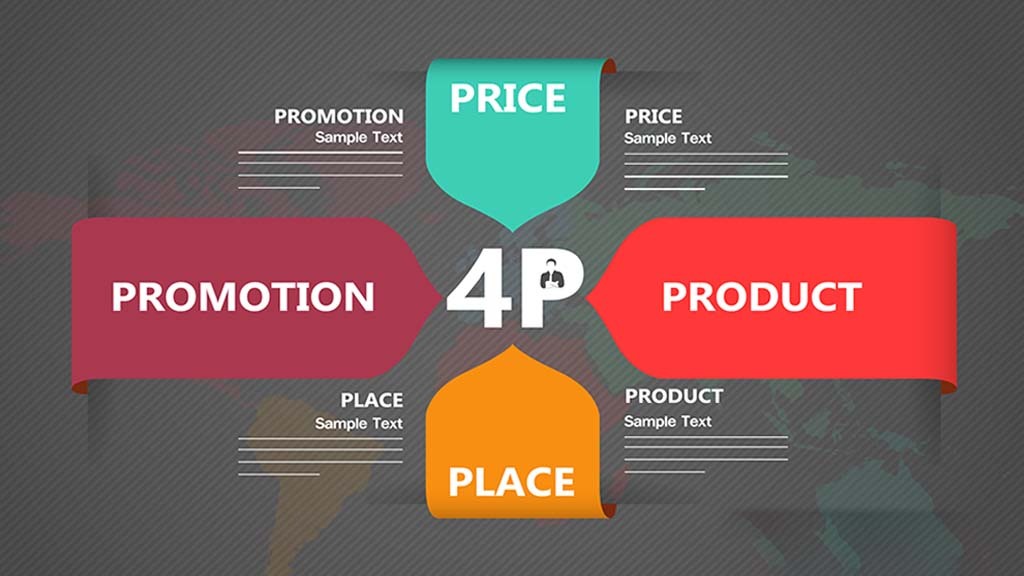In email marketing, timing is critical. In some industries, click-through rates (CTRs) are as low as 2%, and one of the most effective ways to improve results is to schedule your emails and track how often you send them in digital marketing campaigns.
People are reportedly reluctant to receive promotional emails unless they’ve already subscribed to a service or the email is “useful” for them. However, one of the key factors influencing people’s willingness to receive email is time.
They don’t want to send too many emails. The most common reason for unsubscribing from mailing lists is too many emails. In one survey, 69% of respondents said they cancelled their subscriptions because of too much information.
And the drawbacks of oversubscribing are not just the possibility of disconnecting users. It may also end up in,
- Less engagement
- Other complaints
- Damaged sender’s reputation
- More reports on spam (PDF)
However, sending too few emails can cause some problems. Subscribers want to hear from you. Almost two-thirds of email marketing list users say they want to be notified at least once a week. Free consultation!
Factors that Lead to Email Marketing Frequency
Industry Statistics
How often do other email marketers send emails? You can infer what your audience expects from you based on your competitors’ emails; look at the ROI; glance your competitors’ emails; look at your competitors’ email’s ROI. Find out what’s working and what’s not working for other companies. Learning from your competitors can make your business run more smoothly.
The Nature of Your Product/Service
What exactly do you offer your customers? Your answers will affect how often emails are sent. For example, if you’re a winter clothing company, you’ll send more emails during the winter; if you’re a news organization, you might send daily emails to keep your audience informed. The type and frequency of emails you should send will vary for seasonal products.
Your Business Goal
What is the goal of your email marketing? What’s the point? The answer could be getting people to buy a product or fill out a form. The nature of emails will change how audiences respond to future emails. Remember, the company’s first email is the most important. It will determine whether your audience will be interested in your business or click through to an email.
Customer Interest in Email Marketing
A good practice is to allow each user to decide how often they want to receive emails in the preference centre. 69% of US email users unsubscribe because they receive “too many” emails. If customers choose the type and frequency of emails they receive, they are more likely to engage actively.
The ultimate goal is to keep your audience engaged and not bother them with so many emails that they forget your business exists. Finding an effective balance between the two can be difficult. Now that you know how to judge, you have a concrete idea of how many emails you should send.
How often should you email marketing your contact list? Email frequency is an important aspect to consider in any email marketing campaign. Basic options for email frequency include
Different Email Marketing Frequencies for Different Business’s Digital Marketing
Once a Month
For some businesses, once a month makes a lot of sense: 86% of customers like to receive promotional emails more than once. For some products and services, once a month may be the best option, but there are risks. If you only send out a monthly trial, your customers may forget about you.
Once a Week
For many businesses, you are sending an email once a week is a good time. Again, the frequency of emails should depend on the nature and purpose of the emails. If your emails are sent less than once a week, you may miss a sales opportunity. There is also a risk that your audience will lose interest. On the other hand, sending too many emails can frustrate your audience, causing them to delete or unsubscribe from your emails. Therefore, sending one email per week is ideal for many businesses.
Once a Day
Be clear about what your customers want regarding how often and how much you send emails. Remember, the most common reason to unsubscribe from marketing emails is getting too many emails.
Another risk of sending one email a day is a higher click-through rate (CTR). If your business sends out emails daily, you need to ensure that your content is high quality and appeals to your audience.
Final Words
The frequency of sending Emails for digital marketing purposes of any business depends upon their business mole and services. It is up to you which email marketing campaign will suit your business the most. Request a Demo!




